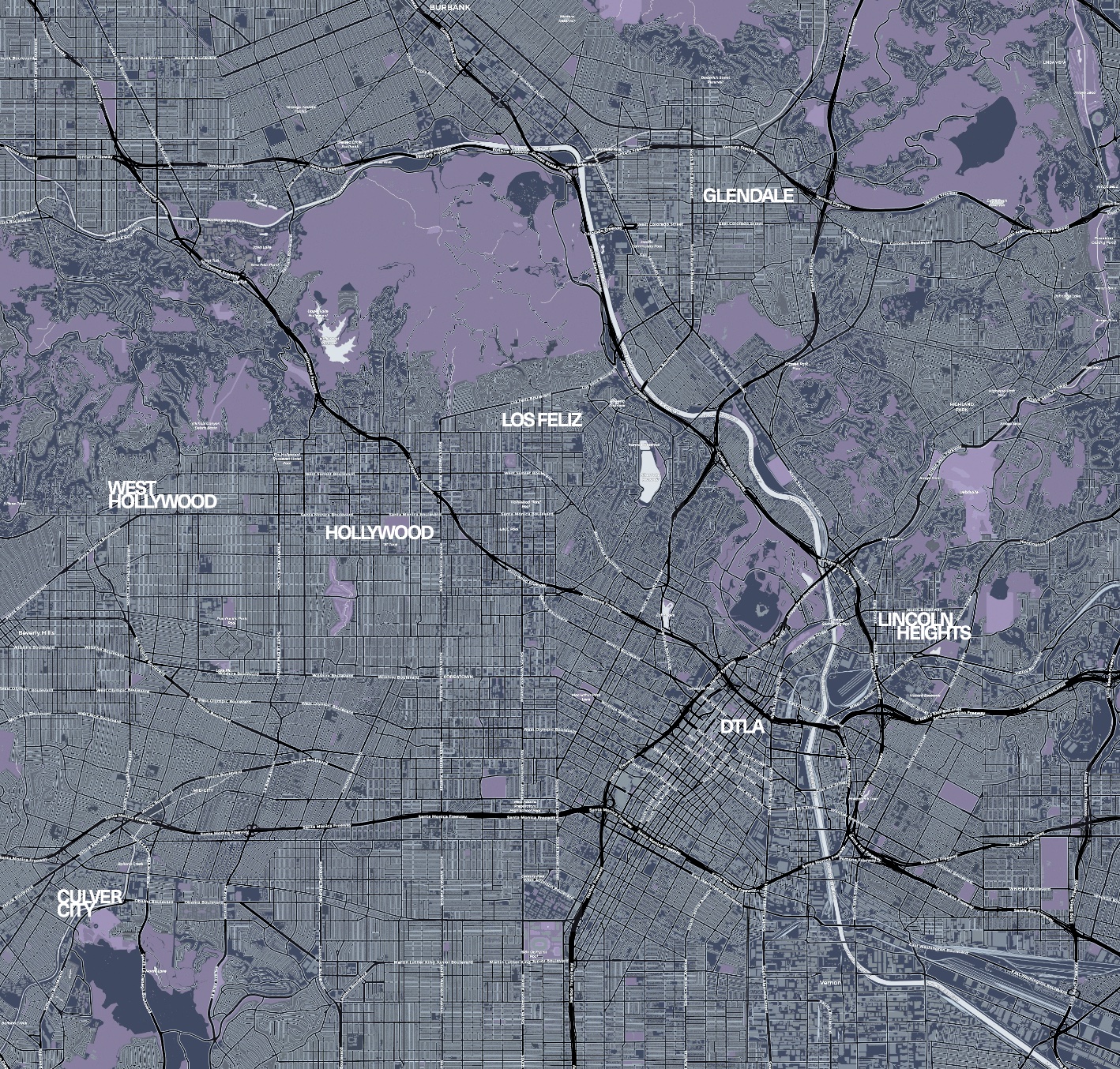“Los Angeles is 72 suburbs in search of a city.” —Dorothy Parker
This is a column about the Los Angeles art world. Or at least it was supposed to be. I successfully pitched this column on Wednesday December 4th, 2024 and my editor assigned me a deadline of Saturday, December 7th. “But I can’t write about the art world in Los Angeles with a two-day turnaround while everyone is at Art Basel,” I complained. “Nothing is going on.” She assured me I’d come up with something, but instead of coming up with something, I clicked around online looking for openings/readings/parties/raves I might attend until I felt disgusted with myself and everyone I know, and had to go for a cleansing swim at the gym. While I was breast-stroking, I actually had an idea. I was determined to start this column the way all lazy writers start essays, which is to look up the dictionary definition of the thing you’re hoping to write about, and ask: What even is an ‘art world’?
I’ve used the term ‘art world’ with various degrees of derision for years, suspecting that each time I spoke of it, I became further complicit in the thing’s existence. In this sense, the art world is not unlike ‘The Game,’ the thought experiment where when you remember that The Game exists, you immediately lose. (Get in, losers.) The term ‘art world’ apparently dates back to the 19th century and initially referred simply to institutions—salons, museums, schools—that supported art production and exhibition. However, the current usage of the phrase originated in the 1960s and was best defined by philosopher and art writer Arthur Danto in his 1964 essay, “The Artworld.” Danto argued that ‘the art world’ is a way of seeing, a mindset that can change material reality by turning a Campbell’s soup can into something capable of pulling a cool quarter billion at auction. The art world is not a place but a shared vantage that unites galleries, viewers, critics, and artists. What Danto couldn’t foresee was the 21st-century marriage of fine art’s semiotic abstractions with the mathematical abstractions of high finance, which counterintuitively returned the term to the literal: Globalization gave us an ‘art world’ person, meaning someone who jet-sets to attend art fairs in Singapore and Switzerland, someone who as I am writing this is doubtless enjoying an array of oysters on the half shell from Joe’s Stone Crab in Miami. The speculative market also gifted us ‘the art city’ i.e. New York, London, Berlin, and the hallowed home of Artillery Magazine: Los Angeles, California.
“Los Angeles doesn’t have a self-sustaining art world,” a longtime Angeleno painter told me soon after I moved here from New York. It was early 2023. The market was cooling from its white-hot pandemic phase, but whole classes of Yale Painting students still seemed to be decamping to Los Angeles, presumably to bask in the glow of the new Hauser and Wirth and forthcoming David Zwirner campuses. “We’re on a five-year cycle,” said the painter, before ominously adding: “You’ll see.” I suppose I will eventually see, but so far the trickle-down economics that support positions like mine in the art world—studio assistant jobs, freelance art writing—have yet to totally dry up, and art world transplants like me still people the patios of Cafe Triste and El Prado, tirelessly discussing autofiction and identity. The studio assistant/art handler/gallery attendant/freelance writer caste consider ourselves to be a part of the art world by virtue of having the best gossip about the jetsetting class. We console ourselves by hosting community-centric alt-lit readings in storefront art galleries while our bosses are out of town.
Which is how I did actually end up finding an art world to participate in this weekend: A young friend of mine invited me to a Friday night poetry reading at Last Projects, a tiny storefront gallery in Lincoln Heights. The reading, hosted by writer and artist Marcel Humberto Monroy, featured ten poets and one DJ. A crowd of twenty-something attendees seated themselves on the floor amid deskilled queer sculpture, sporting outfits that nimbly referenced industrial raves, Grey Gardens, and the early aughts Disney Channel. The poets, all similarly young and fashionable, read directly off cracked iPhones. Most poems seemed drawn directly from the writers’ lives—doing drugs on Catalina Island, meeting guys off Grindr, losing a grandmother, talking to an emotionally distant father. I tend to associate poetry readings with awkwardness but there was none to be found at this reading, just kids supporting each other, loving each other, keeping each other free. I’m not well enough versed in my Marx to offer a full explanation of how this Los Angeles art world—the live, curious one that exists whether or not Art Basel is happening—connects to the art world that purportedly moves through Los Angeles in five-year cycles. But so long as the former exists, Los Angeles will remain a place that can offer young artists the world.
I hope to devote future installments of this column to more fully answering the question of who and what makes up the LA art world. LA remains distinct from any other major art city in that our art world is less a monolith and more of a vast collection of art communities loosely connected by freeways. Dorothy Parker’s quip that “Los Angeles is 72 suburbs in search of a city” (its 88 these days) suggests a course of action that I’ll try to follow: Keep driving.


